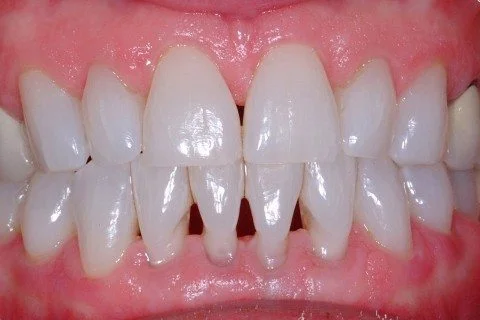Tooth bonding, also known as dental bonding, is a versatile cosmetic dental procedure used to address various dental imperfections and conditions. This non-invasive treatment involves applying a tooth-colored composite resin material to the teeth to improve their appearance and function. From repairing chips and cracks to closing gaps and covering discolorations, tooth bonding offers an effective solution for enhancing the smile. Understanding the dental conditions treated by tooth bonding can help individuals explore this option as part of their dental care plan.
Repairing Chipped or Cracked Teeth
One of the primary uses of tooth bonding in Coweta OK or elsewhere is repairing chipped or cracked teeth. Whether due to injury, trauma, or biting on hard objects, chipped or cracked teeth can detract from the smile’s appearance and compromise oral health. Tooth bonding allows dentists to fill in chips and cracks with composite resin material, restoring the tooth’s shape, strength, and aesthetics.
Closing Gaps Between Teeth
Tooth bonding can also be used to close gaps or spaces between teeth, a condition known as diastema. Gaps between teeth can be caused by genetics, gum disease, or abnormal tooth development, leading to self-consciousness and difficulty cleaning between the teeth. By applying composite resin material to the edges of the teeth, dentists can close gaps and create a more uniform and harmonious smile.
Concealing Tooth Discolorations
Tooth discolorations or stains can occur due to various factors, including genetics, aging, smoking, or consuming staining foods and beverages. Tooth bonding offers a solution for concealing mild to moderate tooth discolorations by applying tooth-colored composite resin material to the tooth surface. This helps improve the tooth’s appearance and create a brighter, whiter smile.
Reshaping Misaligned or Irregular Teeth
Misaligned or irregularly shaped teeth can detract from the overall appearance of the smile and affect bite alignment and oral function. Tooth bonding can be used to reshape misaligned or irregular teeth, improving their symmetry, proportion, and alignment. By carefully sculpting and contouring the composite resin material, dentists can create a more aesthetically pleasing and harmonious smile.
Protecting Exposed Tooth Roots
Exposed tooth roots, often caused by gum recession or aggressive brushing habits, can lead to tooth sensitivity, decay, and other oral health issues. Tooth bonding can be used to cover and protect exposed tooth roots by applying composite resin material to the affected areas. This helps reduce sensitivity, prevent further damage, and improve oral comfort and function.
Restoring Small Cavities
In some cases, tooth bonding can be used to restore small cavities or areas of tooth decay. While dental fillings are typically used for larger cavities, tooth bonding may be a suitable option for smaller cavities in visible areas of the smile. Dentists can fill cavities with tooth-colored composite resin material, blending seamlessly with the natural tooth structure for a discreet and durable restoration.
Conclusion
Tooth bonding is a versatile cosmetic dental procedure used to treat various dental conditions and imperfections, including chipped or cracked teeth, gaps between teeth, tooth discolorations, misaligned or irregular teeth, exposed tooth roots, and small cavities. By addressing these dental issues with tooth bonding, individuals can achieve a more attractive smile and improve their oral health and confidence.

